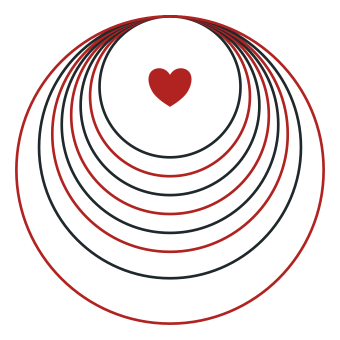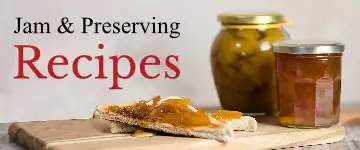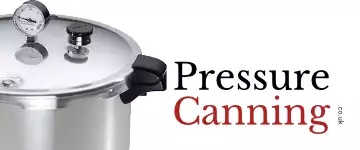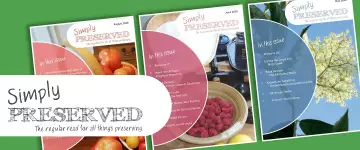How to Measure Jam Jar Lids

We are always getting asked how to measure jam jar lids and which size lid does a jam jar take. It's very common for you to have some previously used jars that you'd like buy some new lids for and most of the time we will have a lid to suit. However, some large food producers may have jars and lids produced to a non-stanadrd size and type and in these cases our range of lids will not fit.
The trade terminology for the regular twist-off jar lid represents a size in millimeters; so an 063 is also referred to as 63mm. And what does 63mm relate to we hear you say. It is the dimension that is just slightly larger than the thread diameter of the jar.
The standard range of jar lid sizes that we have available are: 38, 43, 48, 53, 58, 63, 66, 70 & 82
We really don't want you to buy the wrong size lids as it frustrates you and the returns cost us money. We have a growing pile of returned lids becasue customers have guessed, or taken a punt at buying a few differemt sizes hoping some may fit their jars. For hygiene/contamination reasons we do not put opened packs of lids back into stock.
We provide the below sizing information to help you buy the right size lids. We also have available a sample pack of lids to buy so you can try them on your jars so you know which size fits
The trade terminology for the regular twist-off jar lid represents a size in millimeters; so an 063 is also referred to as 63mm. And what does 63mm relate to we hear you say. It is the dimension that is just slightly larger than the thread diameter of the jar.
The standard range of jar lid sizes that we have available are: 38, 43, 48, 53, 58, 63, 66, 70 & 82
We really don't want you to buy the wrong size lids as it frustrates you and the returns cost us money. We have a growing pile of returned lids becasue customers have guessed, or taken a punt at buying a few differemt sizes hoping some may fit their jars. For hygiene/contamination reasons we do not put opened packs of lids back into stock.
We provide the below sizing information to help you buy the right size lids. We also have available a sample pack of lids to buy so you can try them on your jars so you know which size fits
Measuring the thread
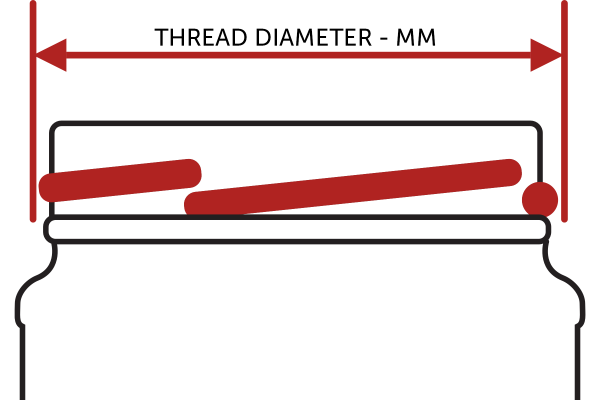
To work out the lid size measure the outside of the thread of the jar, as shown here. Bear in mind that a lid is a loose fit.
So for example a jar that takes a 63mm lid will typically measure just under that, ie: 61 - 62mm
So for example a jar that takes a 63mm lid will typically measure just under that, ie: 61 - 62mm
Lid Gauge
You can download and print our handy lid gauge to help you work out the lid size for a jar.
To use the gauge, place a jar up-side-down on lid gauge and align the outside of the thread with the top blue line. If you print in black and white that's the straight line at the top of the concentric cirlces.
Read off the size from where the outside of the thread matches the opposite side of the circle.
To use the gauge, place a jar up-side-down on lid gauge and align the outside of the thread with the top blue line. If you print in black and white that's the straight line at the top of the concentric cirlces.
Read off the size from where the outside of the thread matches the opposite side of the circle.

